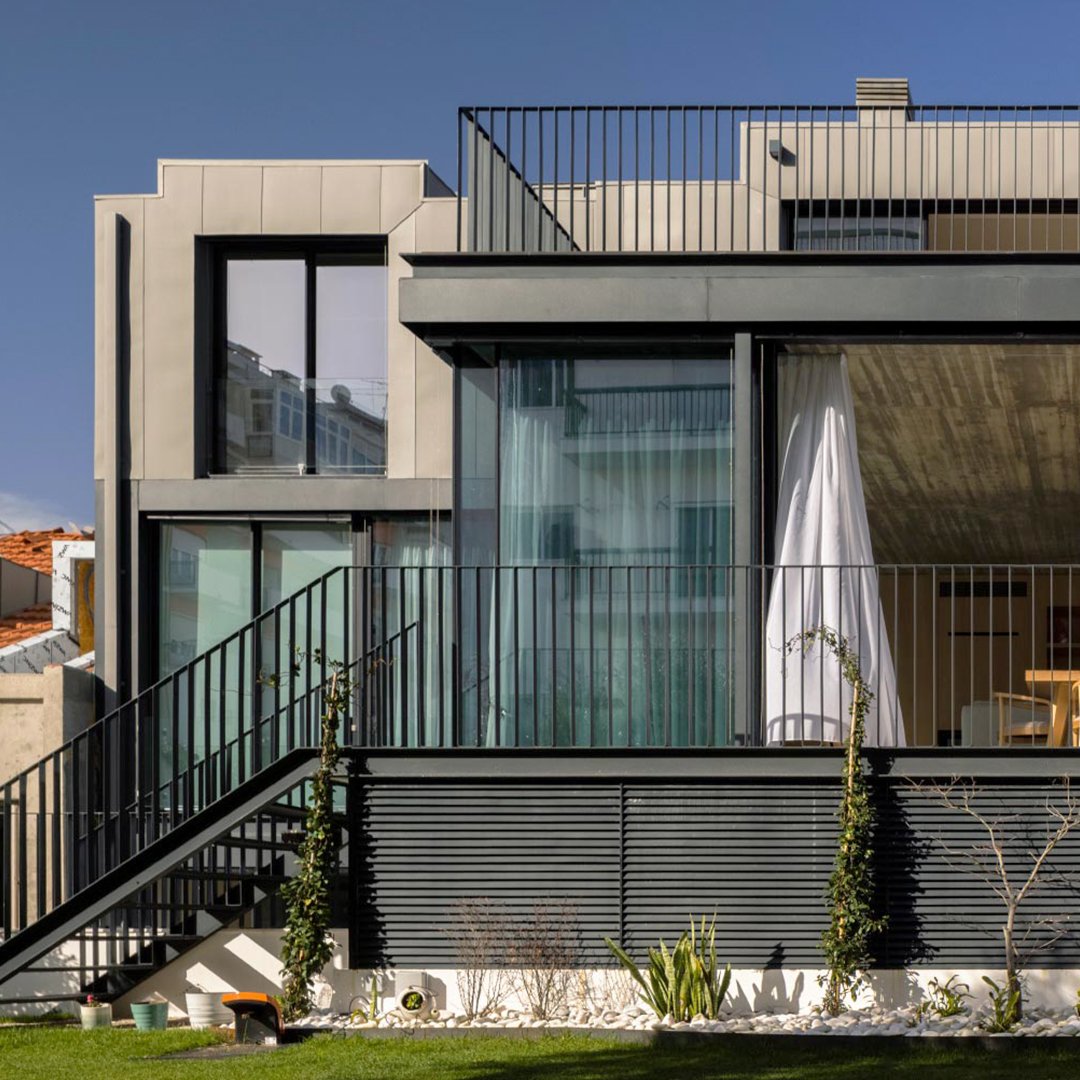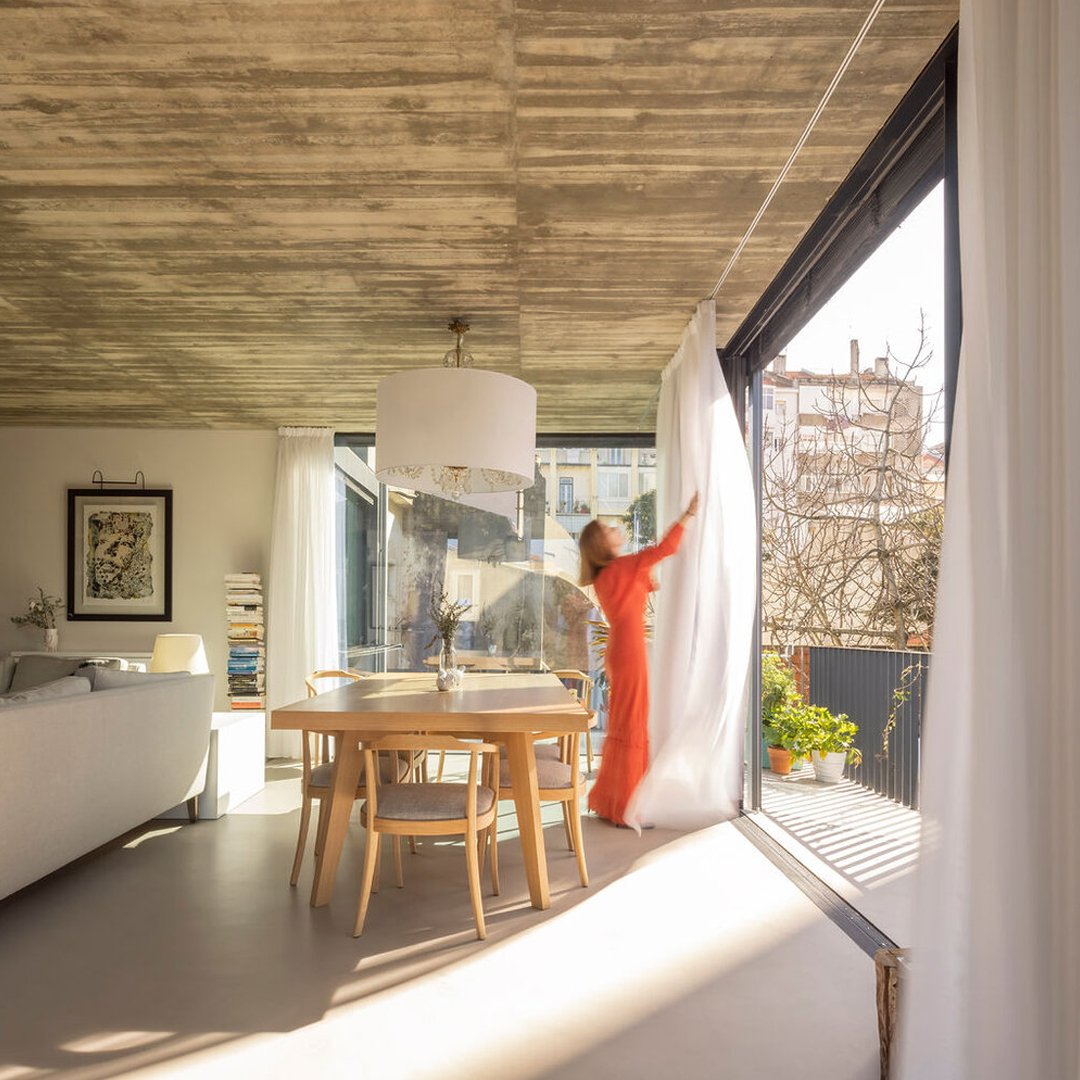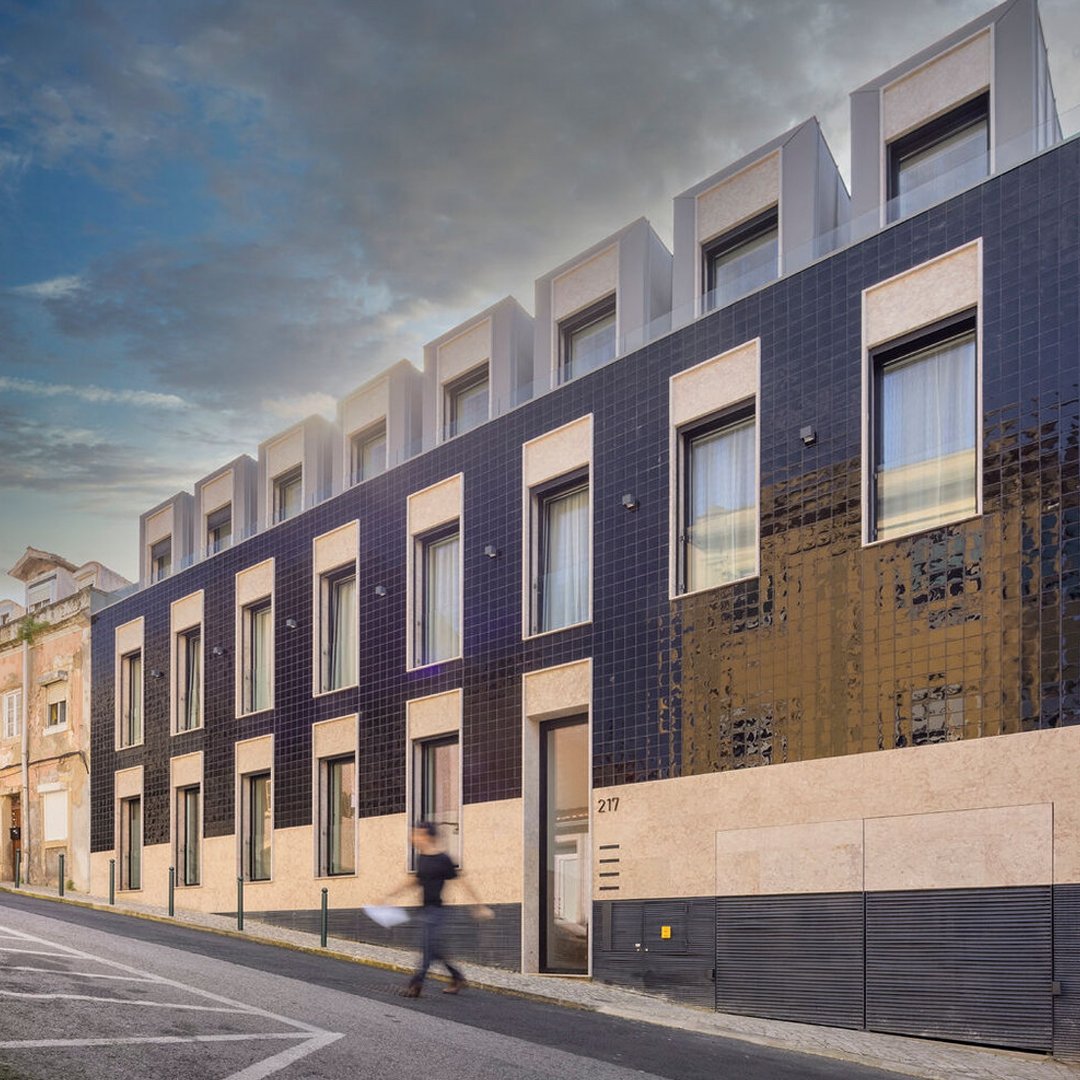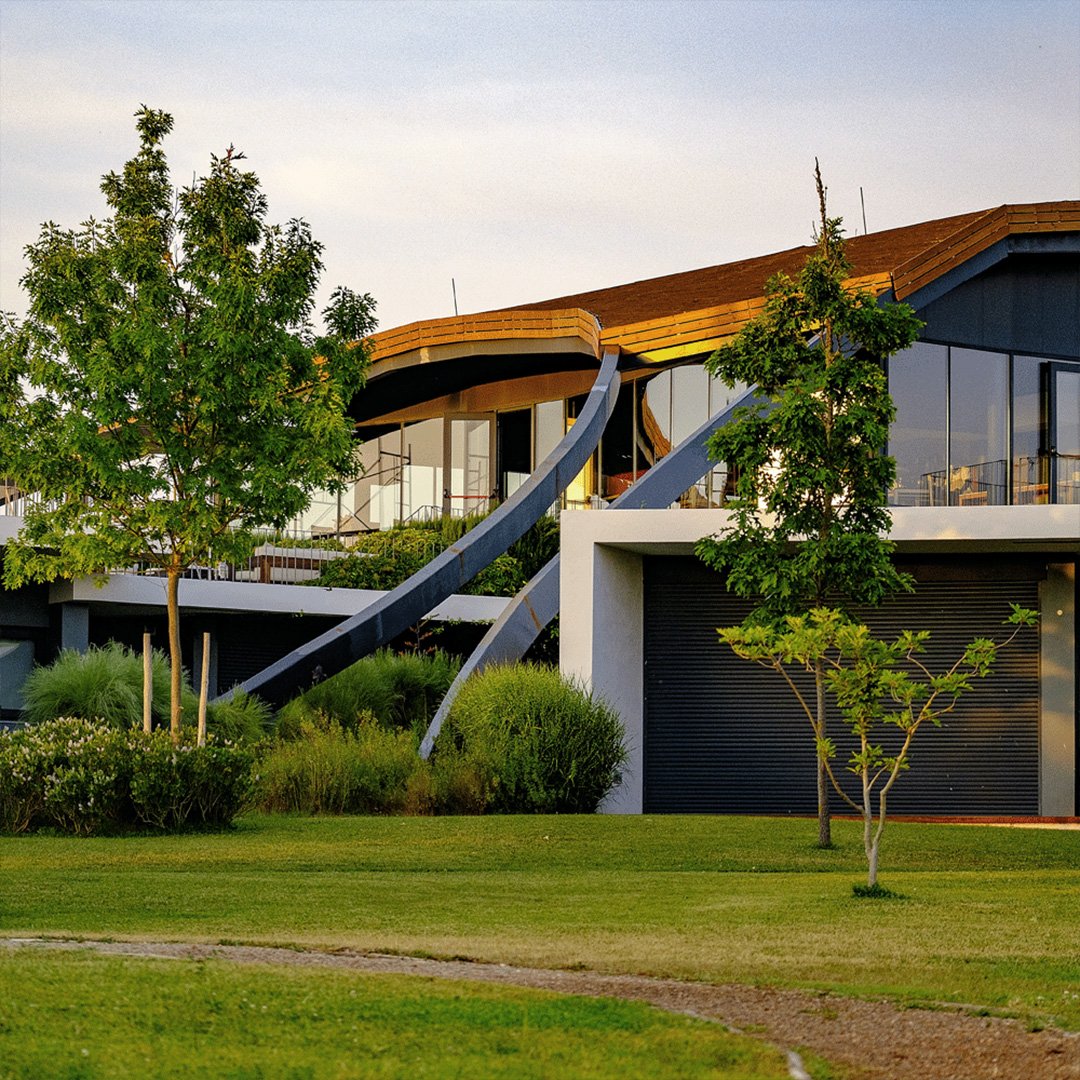
Arquitectura moderna e contemporânea
O uso comum traz alguma confusão nos termos com que designamos as épocas ou os estilos da arquitectura. Falamos indiscriminadamente de arquitectura moderna ou de arquitectura contemporânea. Falamos de estilos, movimentos ou épocas sem muita precisão. Tudo isto somado gera muita confusão que queremos aqui esclarecer um pouco.
Arquitectura moderna
A arquitectura moderna corresponde a um movimento que se inicia no princípio do séc.XX e que atinge a sua expressão máxima após a 2ª Guerra Mundial, indo até aos anos 60. Fruto das inovações técnicas da construção que começam a surgir no final dos séc.XIX , como o betão, o aço e o vidro, este movimento corresponde à reacção de alguns arquitectos contra os excessos da arquitectura revivalista, como o estilo vitoriano, o estilo altamente ornamentado da Arte Deco ou o estilo do naturalismo esfuziante tão bem representado pelo arquitecto espanhol Gaudi.
Este movimento diz-se pela procura das formas puras e das linhas direitas, tanto quanto pelo primado dado à função e ao racionalismo. "Less is more" de Mies van der Rohe é uma das frases que melhor definem a arquitectura moderna. Outro dos seus grandes representantes le Corbusier tem um slogan que diz bem da sintonia com o seu tempo, feito da crença na ciência e no progresso como motor da história. "Une maison est une machine à vivre".
A escola de Bauhaus criada e gerida pelo arquitecto Walter Gropius estende a sua influência modernista muito para além da arquitectura, sendo igualmente conhecida pelos seus objectos com um design de linhas puras em que "a forma segue a função", na busca da mais absoluta pureza e da simplicidade que advém da usabilidade.
Esta concepção da arquitectura moderna estende-se também à visão das cidades e ao seu planeamento, assim como à preocupação de encontrar as soluções mais simples, mais racionais e mais práticas para os alojamentos, tentado dar resposta às necessidades de reconstrução que a destruição das cidades durante a 2ª Guerra Mundial tornou urgente.
A abertura à paisagem possibilitada pelo vidro e pelas novas técnicas de construção e a sua integração na natureza derivada da harmonia criada pela simplicidade das formas são elementos bem representados nos trabalhos do conhecido arquitecto americano Frank Lloyd Wright que, apesar de não assumir a sua pertença ao movimento modernista nem a nenhum estilo em particular, se tornou num dos seus maiores representantes quer pela suas extraordinárias casas quer pelo emblemático Museu Guggenheim em Nova Yorque.
E foi porque este movimento, o modernismo, marcou indelevelmente um tempo e muitas das suas obras de arquitectura que hoje podemos falar de época para caracterizar a arquitectura moderna. Um estilo é definido como a apropriação que um autor faz de alguns elementos de um código. Neste caso, de uma visão do que deve ser a arquitectura.
Podemos falar de estilo quando falamos do “in print” deixado por alguns criadores e que muitas vezes são copiados ou servem de inspiração para outros, acabando por gerar uma certa unidade ou, melhor, uma certa uniformização na maneira de criar e desenhar.
Tem alguma dúvida? Entre em contato.
O Pós-Modernismo
A arquitectura moderna e os modernistas tiveram, obviamente, o seu contraponto. O pós-modernismo. Igualmente uma reacção, mas desta vez contra a austeridade e o puritanismo da época anterior, chegando mesmo a criticá-la como aborrecida.
O pós-modernismo caracteriza-se assim pela procura da variedade e de uma maior liberdade de expressão. Mais imaginativa, com mais cor, com formas mais esculturais e volumes menos convencionais, tirando partido das novas tecnologias e dos novos materiais utilizados para construção. A Ópera de Sydney é um dos seus emblemáticos exemplos.
Segundo o arquitecto Roberto Venturi, um dos seus principais teorizadores, o pós-modernismo oferece "a complexidade e a contradição". Os edifícios podem ser assimétricos, de cores vivas, com formas arredondadas e fachadas ornamentadas, revisitando sem medo a tradição e as épocas anteriores, como é exemplo, Gare do Oriente em Lisboa de Santiago Calatrava, ou mesmo visitando o futuro com aqueles que ficaram conhecidos na sua época como edifícios high-tech, entre os quais se destaca pela sua originalidade e pela surpresa que gerou, o Centro Georges Pompidou, de Renzo Piano e Richard Rogers.
Uma das características mais interessantes deste movimento é a separação quase total entre o exterior e o interior, não colocando assim em causa a função a que se destinam os edifícios. Muitos dos arquitectos que representam esta visão da arquitectura como Frank Gehry ou Jean Novel são também os arquitectos da contemporaneidade.
Arquitectura Contemporânea
Falamos de arquitectura contemporânea quando falamos da arquitectura do nosso tempo. Caracteriza-se precisamente pela ausência de movimentos ou de regras precisas, dando toda a liberdade ao autor. Talvez possamos no entanto falar dos “starchitects” que se caracterizam por uma ilimitada e surpreendente capacidade de expressão, como Frank Gehry, Santiago Calatrava, Zaha Hadid ou Jean Novel entre tantos outros.
A arquitectura contemporânea é uma arquitectura sem estilos definidos, em que o único imperativo é ser não-convencional que tanto é representada por edifícios como o Museu de Bilbau como pelas pequenas casas bolha, ecológicas e facilmente reprodutíveis. É também com a arquitectura contemporânea que assistimos às primeiras preocupações com a sustentabilidade e com a preservação ambiental. A utilização de materiais recicláveis, o respeito pela água ou o cuidado com a orientação solar para gerar mais conforto térmico e gastar menos energia são elementos que vão aparecendo a pouco e pouco nas obras desta nova geração de arquitectos.
As suas formas são múltiplas e muitas vezes desafiadoras do olhar ou da gravidade. Pede-se-lhe que seja mais imaginativa do que tradicionalista. Que seja inteligente quer pela integração na paisagem como pelo uso das tecnologias e da domótica. Que seja funcional e adaptada aos problemas da actualidade, como os problemas ambientais ou as pressões da mobilidade e do stress da vida actual.
A arquitectura contemporânea é a arquitectura de hoje, aberta à participação e à partilha, aberta ao território e aos múltiplos modos de vida.
Os nossos projectos
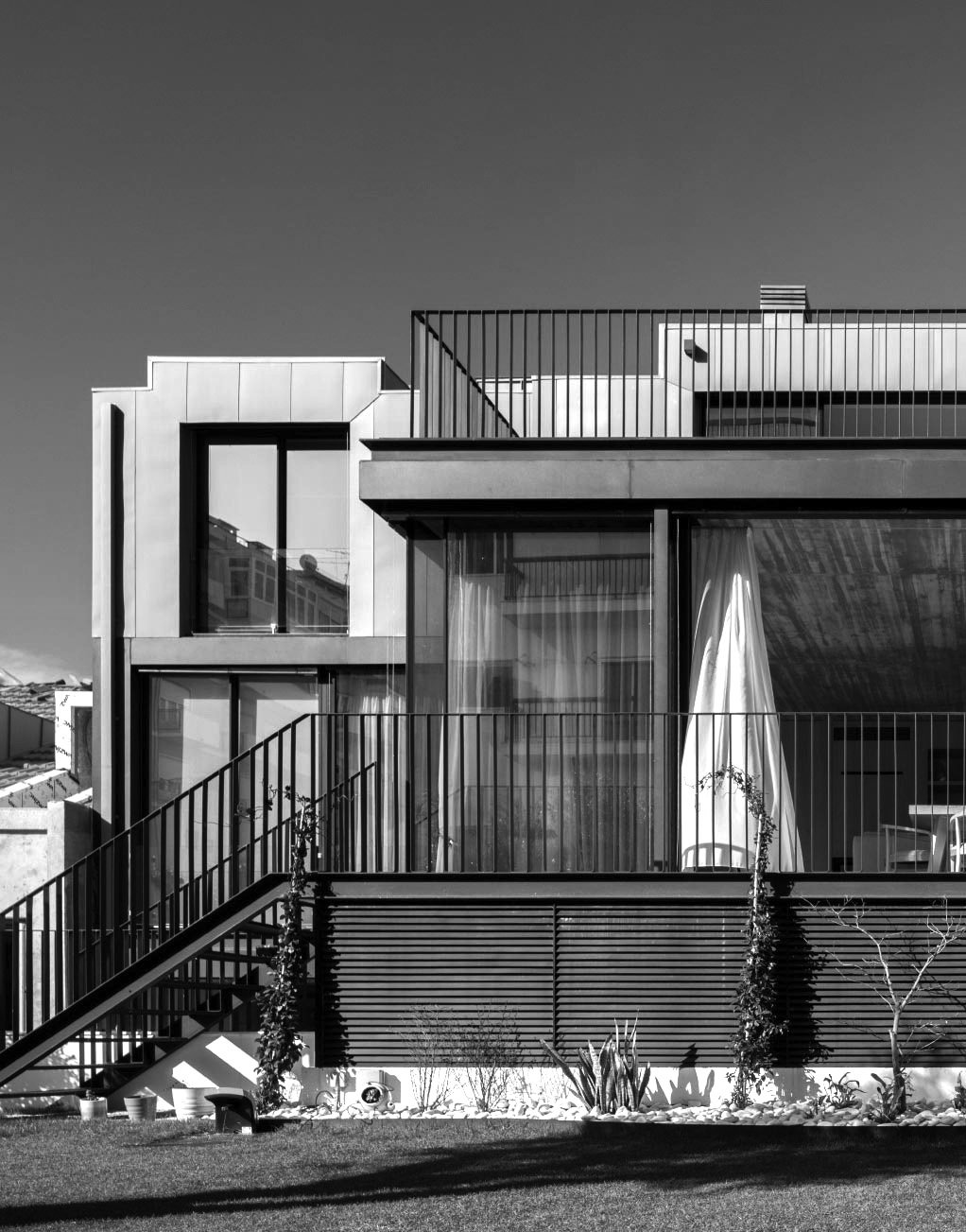

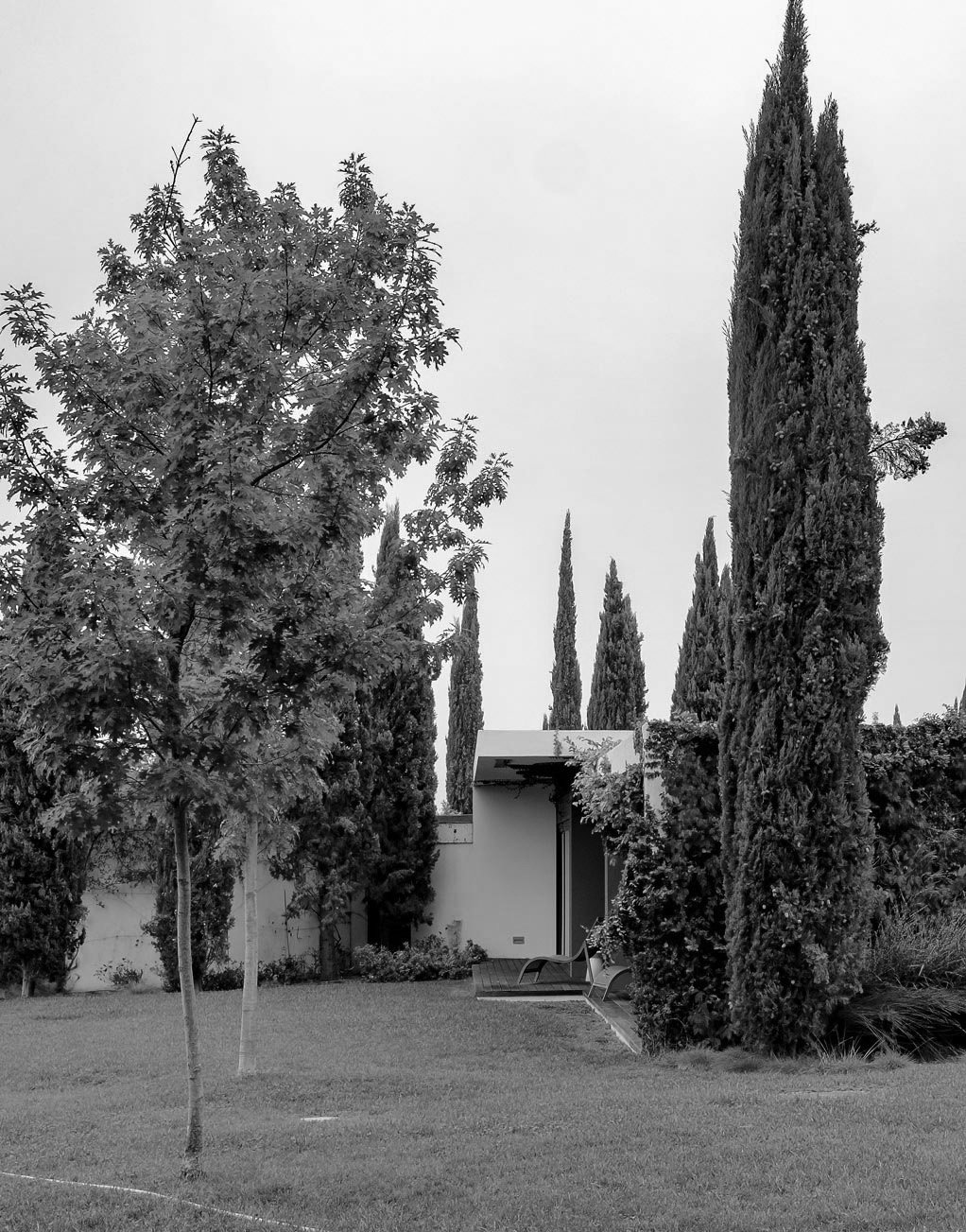
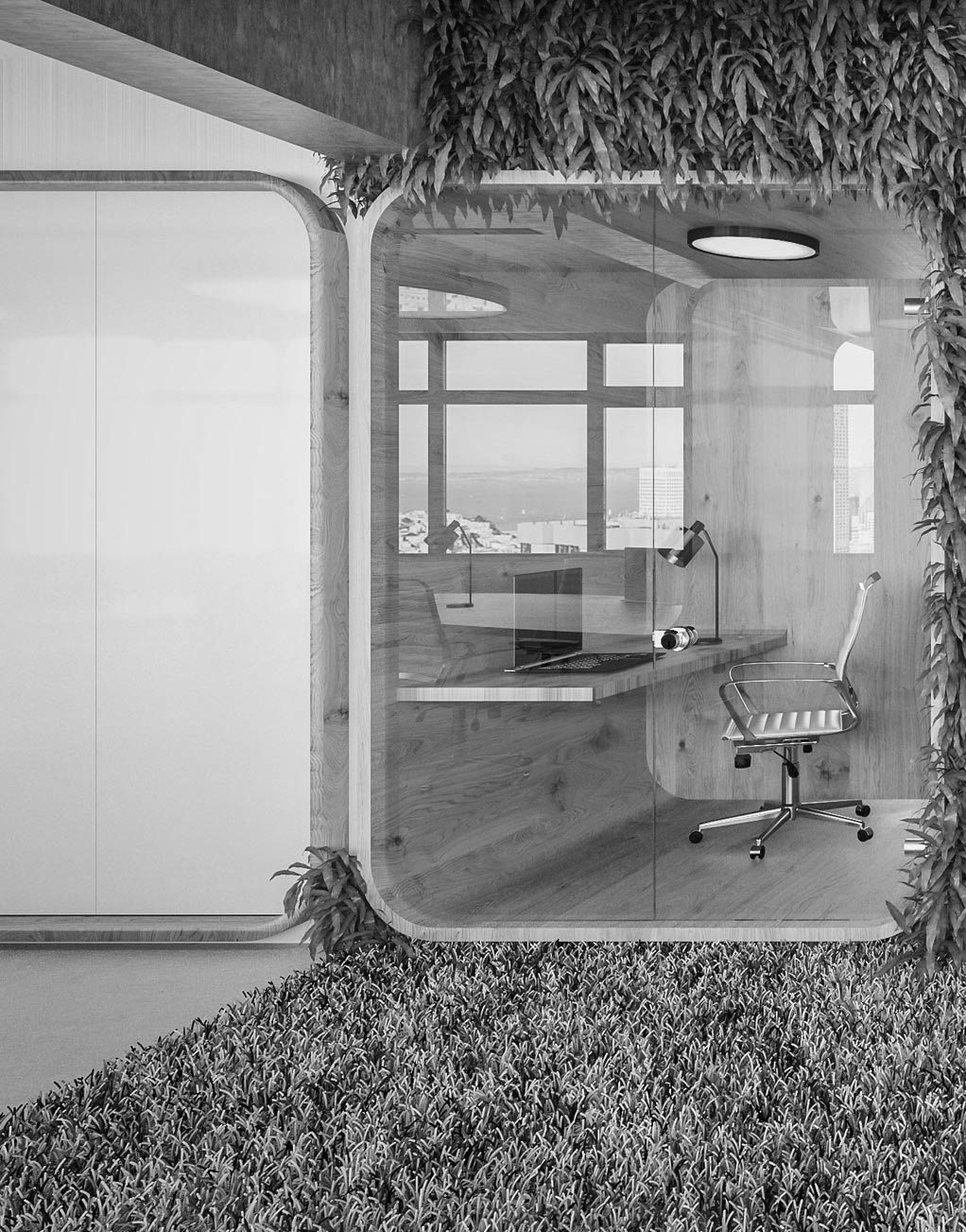
Metodologia
1. O briefing com os objectivos do projecto.
2. A pesquisa e análise do contexto ambiental onde vai decorrer o projecto, seja sobre a área envolvente e as culturas que mais se adaptam a cada sítio, seja sobre o próprio gosto e formas de vida do cliente ou previstas para o local a trabalhar.
3. O desenho do projecto e a sua apresentação ao cliente.
4. O planeamento financeiro e dos próprios trabalhos (nomeadamente por causa das estações do ano e da interacção com os outros trabalhos de construção).
5. A execução do projecto final e a gestão de toda a operação.
6. Acompanhamento da adaptação das plantas e do evoluir do próprio jardim.
Arquitectura sustentável
Falamos de arquitectura sustentável para enquadrar as preocupações ambientais e ecológicas que permitem a qualidade da obra tanto quanto a qualidade e o bem-estar de quem dela usufrui. Pensar a sustentabilidade é pensar a prazo preparando a obra para ser mais amiga do ambiente. Podemos também falar da domótica para que a gestão eficiente das diferentes funcionalidades esteja à distância de um click.
Arquitectura de interiores
Completamos os projectos com os especialistas de arquitectura de interiores que preparam os espaços para as solicitações da vida. Tão ou mais importantes quanto falamos de moradias familiares, de escritórios ou de lojas. A arquitectura de interiores faz a síntese que dá um cunho particular a cada projecto.


